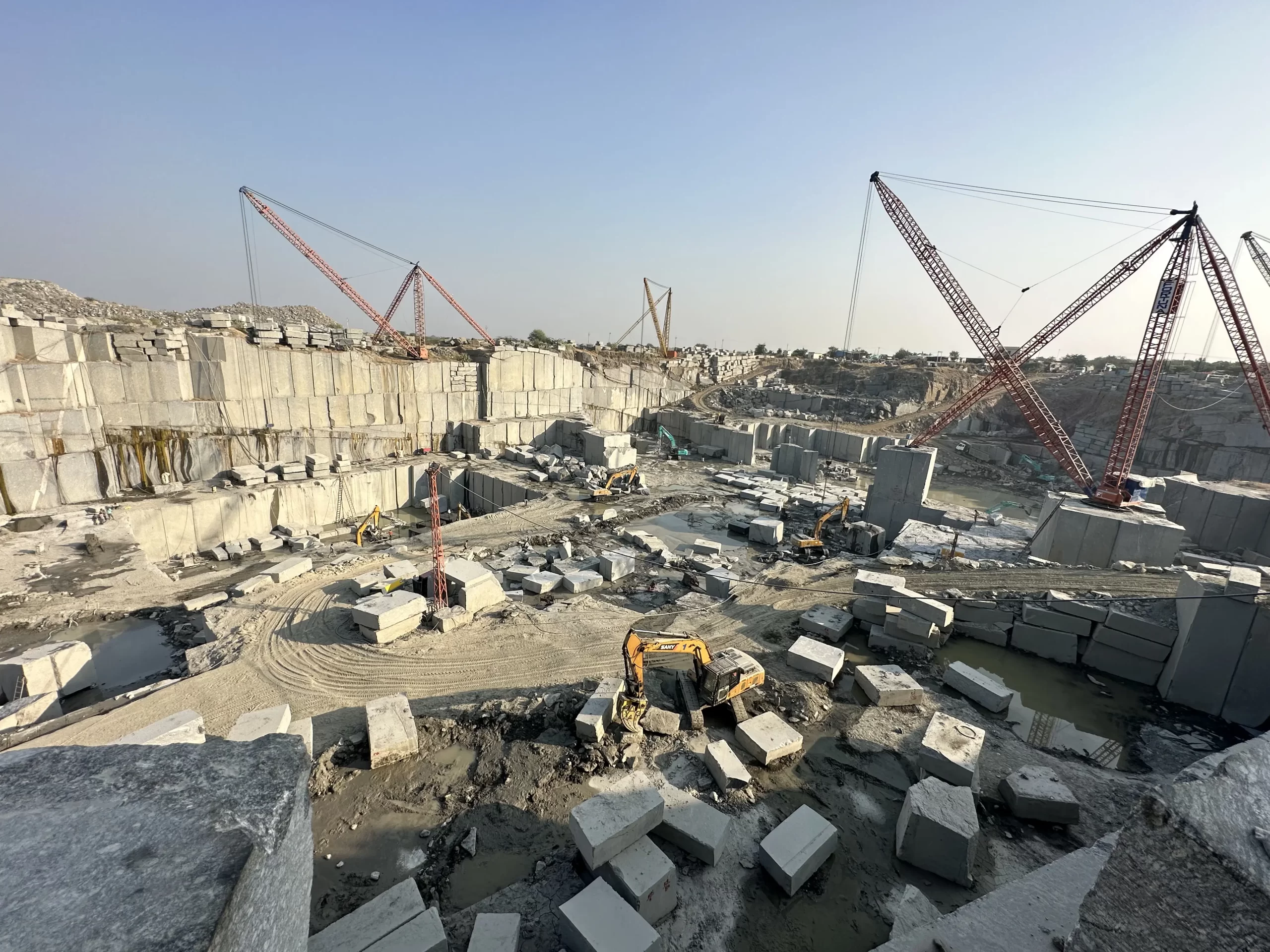Diving right into of Granite Quarries in South Africa
Diving right into of Granite Quarries in South Africa
Blog Article
Introducing the Mysteries of Granite Quarrying: Where Toughness and Style Meet
The globe of granite quarrying is a world where the raw strength of nature converges with human virtuosity to create frameworks that stand the test of time with an air of style. From the midsts of quarries to the careful sprucing up in workshops, the process of changing granite into building wonders is a complicated dancing of practice and advancement. As we peer into the depths of this old craft, we start to reveal the covert details that form the very significance of our built atmosphere.
The Beginnings of Granite Quarrying
In the annals of building history, the origins of granite quarrying are shrouded in a tapestry of ancient workmanship and geological wonders. Dating back to old Egypt and Mesopotamia, the extraction of granite from quarries noted the beginning of a journey that would at some point result in the production of several of the globe's most famous structures.
Granite quarrying's origins can be traced to the competent artisans who recognized the rock's sturdiness and visual allure. Via a mix of primitive devices and sheer decision, these very early quarry workers discovered granite blocks that would certainly become the foundation of worlds.
As people evolved, so did the methods of quarrying granite. The Romans, renowned for their design prowess, established sophisticated techniques for drawing out granite to build monoliths, holy places, and roadways that stood the test of time.
The tradition of these ancient quarrying practices continues to form modern-day architecture, with granite remaining a symbol of stamina and style in construction tasks around the globe. (granite quarries in south africa)
Tools of the Quarrying Trade
The evolution of granite quarrying techniques from old people to contemporary times highlights the critical function played by the devices of the quarrying sell forming the sector's techniques. In ancient times, quarrying devices were fundamental, usually including chisels, hammers, and wedges made from materials like bronze or iron. These tools needed substantial workforce and time to extract granite blocks from quarries.

Furthermore, the intro of pneumatic devices and high-powered equipment has dramatically minimized the physical labor required in quarrying procedures, improving worker security and performance. As the quarrying industry continues to introduce, the tools of the profession remain at the leading edge of driving progression and forming the future of granite click for source removal.
Removing Blocks of Granite
Utilizing precision machinery and advanced methods, the extraction of granite obstructs from here quarries has ended up being an advanced procedure in the contemporary quarrying market. The initial step involves identifying the area and dimension of the granite deposit to figure out one of the most effective extraction method. When a suitable site is chosen, the extraction process begins with the drilling of openings for the placement of dynamites. Controlled blasting strategies are then used to disintegrate the granite right into manageable areas.

Polishing and Ending Up Methods
To accomplish a perfect surface area on granite my latest blog post blocks, skilled craftsmens employ a collection of thorough sprucing up and finishing strategies. After the initial extraction and forming processes, the granite obstructs undergo a thorough polishing phase to enhance their all-natural charm and sturdiness. One common technique used in polishing granite is ruby abrasion, where industrial diamonds are used to grind and brighten the stone to a smooth surface. This procedure not only develops a lustrous surface area but also makes sure uniformity in color and appearance throughout the granite block.
In addition to sprucing up, completing strategies are used to further refine the granite's look. By carefully selecting and using these polishing and finishing techniques, craftsmens can transform raw granite obstructs right into beautiful items that display both toughness and beauty.

Environmental Influence and Sustainability
With the growing emphasis on ecological awareness in the market, granite quarrying practices are increasingly looked at for their impact on all-natural sources and long-lasting sustainability. Furthermore, the transport of granite from quarries to processing centers produces carbon emissions, even more adding to ecological destruction.
To minimize these influences and make sure sustainability in granite quarrying, industry stakeholders are adopting numerous actions. Implementing innovative technologies to lower energy intake and water usage, reclaiming quarried land for environmental reconstruction, and promoting responsible sourcing techniques are some strategies being used. Accreditations such as the Forest Stewardship Council (FSC) and the Management in Power and Environmental Style (LEED) help consumers recognize environmentally pleasant granite products.
Conclusion
In conclusion, granite quarrying is a process that needs specialized devices and techniques to essence blocks of granite and brighten them to a high level of coating. While the environmental impact of quarrying can be significant, initiatives are being made to improve sustainability techniques in the sector. Generally, granite quarrying is a fragile balance in between harnessing the stamina and elegance of this natural rock while reducing its effect on the atmosphere.
Report this page